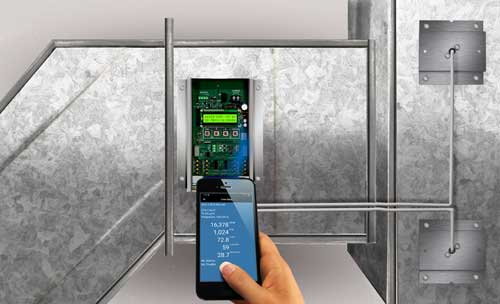Upgrading your ventilation system can help you deliver cleaner air and reduce the concentration of contaminants. Even less expensive solutions can improve indoor air quality before and after the pandemic. EBTRON airflow measurement devices can help you meet the required readiness plan, making it easy to switch from normal mode to IRMM and maintain the right rates in all operating states. These devices can measure and control outdoor air ventilation rates, ensuring you don’t waste energy. You can also validate equivalent clean airflow rates (VECAi) delivered and track and control airflow rate differentials of supply, return, and exhaust, ensuring your building and zone remain properly pressurized.






